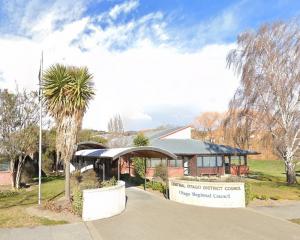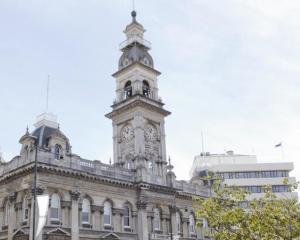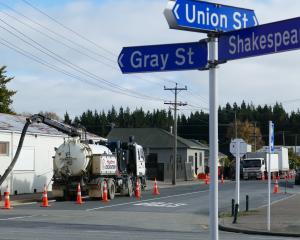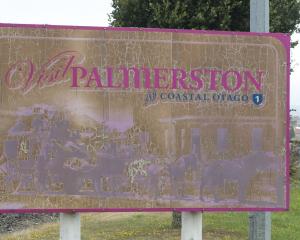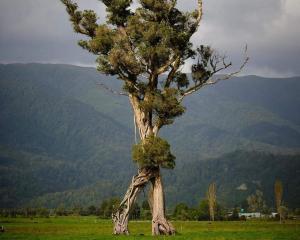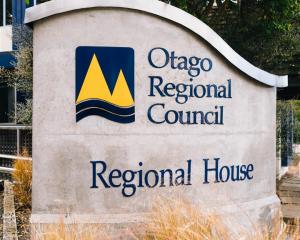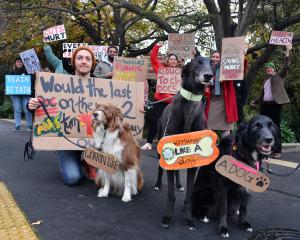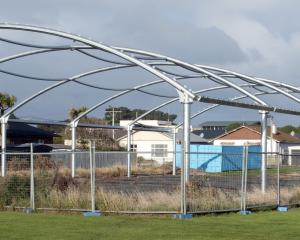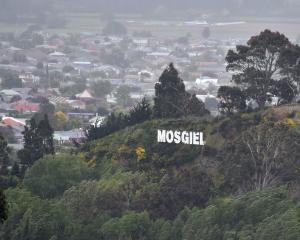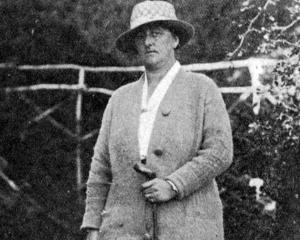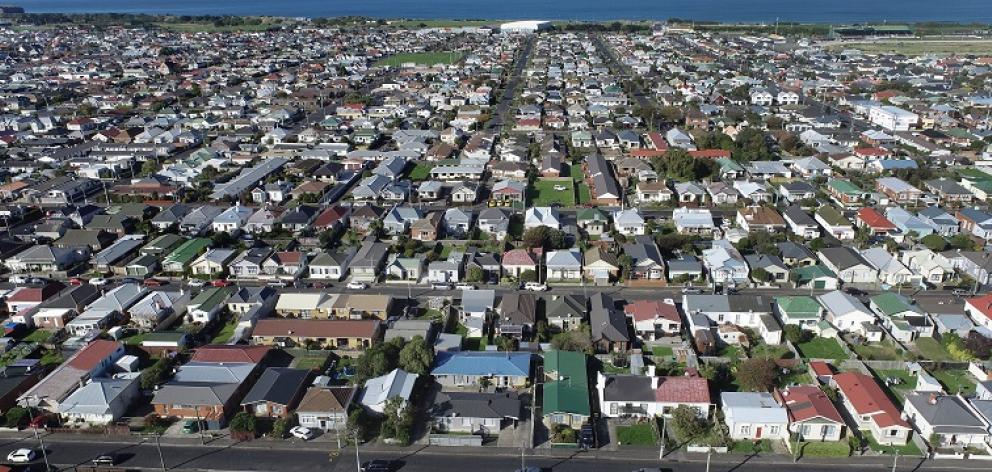
It is expected substantial changes in land use will need to happen over the next century — particularly allowing more space for water — and a comprehensive strategy is under development for delivery from 2026.
Consultation with residents about a long-list of adaptation options is expected to happen early next year, and options would then be whittled down and further technical work carried out.
South Dunedin Future programme manager Jonathan Rowe told Otago regional councillors yesterday everyone wanted to know what a package of responses might look like.
The long-list should provide a clearer picture, he signalled.
Among the most eye-opening content in his report was comment that indicated land use might need to change across the whole area’s 6500 properties and, if so, this would need to happen at a rate of 65 properties a year.
The spectrum of potential responses will likely be grouped into four approaches.
Those have been described by the Ministry for the Environment as avoiding risk (such as preventing development in areas prone to hazard), protecting assets through structures such as sea walls, accommodating risk through design that accounts for it and retreating from risk (such as by relocating development).
Practically, options may include opening up a water course, allowing more space for parks and wetlands and bolstering infrastructure protection with engineering solutions, such as water pumps.
Mr Rowe said in his report the objective of the programme was "essentially to find a balance between people, water and space, making South Dunedin a safer and better place to live, work and play, while maintaining and creating more space for water — given climate change is expected to mean rising groundwater, rising sea levels, and increased frequency and severity of rainfall events".
Mr Rowe told councillors the programme was heading into an action phase.
"We’re at the point where the programme is going to shift gears," he said.
"I would expect people to see the pace pick up."
Mr Rowe signalled a pilot project might be one initial approach.
Some responses would need to be ruled out if it turned out "the juice ain’t worth the squeeze".
Cr Bryan Scott had some reservations about opportunities for land-use adjustment potentially getting missed while strategising and planning were being undertaken.
Asked by Cr Kevin Malcolm to what extent adaptation of 65 properties a year represented reality, given changes would be variable and depend on contour, Mr Rowe said it illustrated the scale of change that could be required.
The Dunedin City Council, which operates the South Dunedin Future programme with the regional council, is to discuss Mr Rowe’s report next week.

